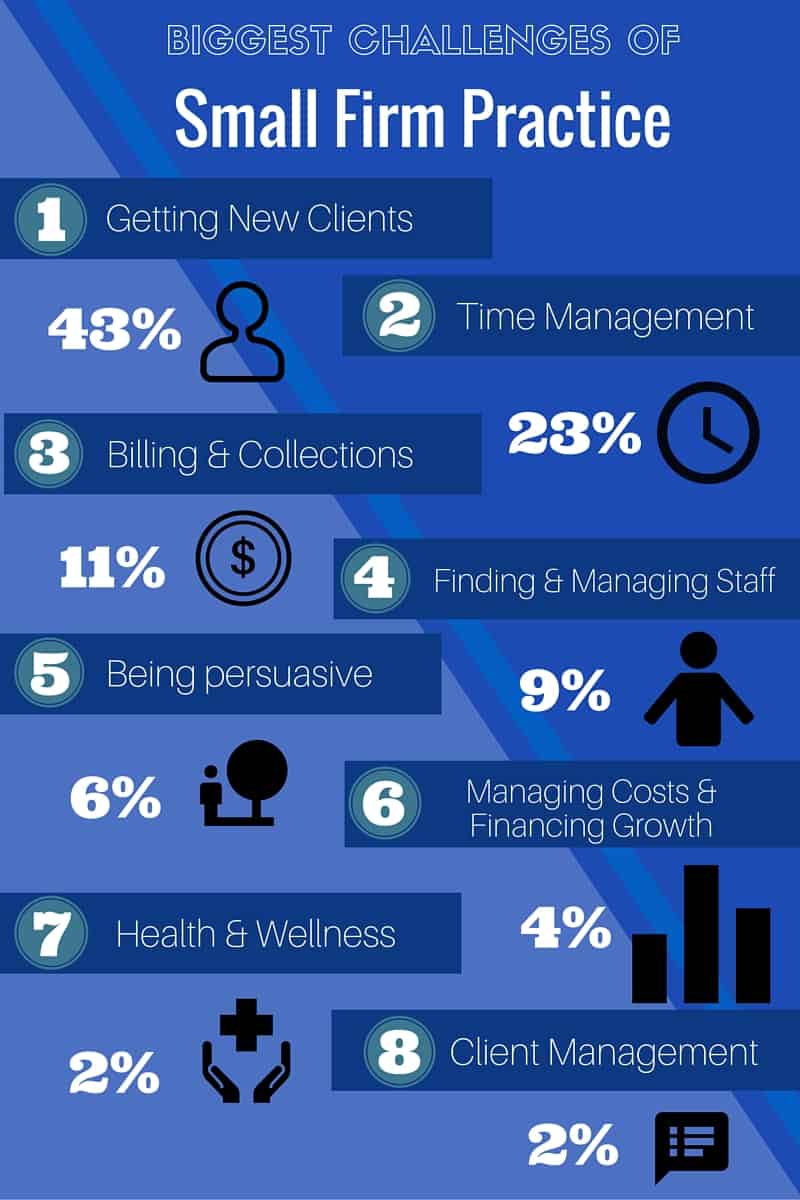Expecting The Trip: The Timeline Involved In A Conventional Divorce Case
Expecting The Trip: The Timeline Involved In A Conventional Divorce Case
Blog Article
Material Author-Ravn Hedegaard
As you embark on the journey of navigating a divorce case, you may find yourself wondering about the timeline that exists ahead. From the first stages of filing records to the complexities of settlement and the potential for a test, each step holds its very own set of obstacles and uncertainties. Comprehending the sequence of events can assist you prepare for what's to come and expect the twists and turns that may emerge along the road.
Initial Filing and Solution of Papers
When starting the divorce process, the first step is the first filing of the required documents with the court. This step formally begins the lawful treatment and sets the divorce case in motion. You must submit types that outline the grounds for separation, properties, responsibilities, income, costs, and any other relevant info needed by the court.
After submitting these records, duplicates have to be served to your spouse, educating them of the separation procedures. This solution can be done through a process-server, constable's office, or qualified mail, guaranteeing that your partner is officially notified of the separation instance against them.
As soon as the papers are filed and offered, the court will certainly offer an instance number and assign a judge to supervise the case. It's vital to precisely complete and submit these papers, as any type of errors or noninclusions might delay the separation procedure.
This initial step lays the foundation for the legal dissolution of your marriage, noting the start of a possibly tough yet essential procedure.
Discovery and Arrangement Phase
During the Discovery and Negotiation Stage of a separation instance, both celebrations participate in gathering information and exchanging relevant files to much better recognize each other's economic scenarios and other important information. This phase is critical as it establishes the foundation for arrangements and prospective settlement arrangements. https://www.oregonlive.com/crime/2022/05/pandemic-pushes-oregons-public-defender-system-to-the-brink.html as interrogatories, ask for production of records, and depositions, each party intends to uncover realities, possessions, financial obligations, and other necessary details that might influence the situation's result.
Read Homepage during this stage often involve conversations on different issues like home division, youngster guardianship, visitation timetables, and financial support. Both parties may deal with their lawyers to explore settlement alternatives, possibly avoiding the requirement for a test.
Mediation or collaborative law procedures might also be used to promote efficient discussions and get to mutually acceptable arrangements. It's necessary to approach this stage with openness, sincerity, and a determination to jeopardize to accomplish a smoother resolution and reduce the psychological and monetary toll of a prolonged court fight.
Test and Final Resolution
Moving forward from the Discovery and Arrangement Stage, the Trial and Final Resolution stage notes the culmination of your divorce case. This stage is where unsettled issues are brought prior to a court to make decisions on matters like property division, kid guardianship, and assistance. The test typically entails providing evidence, witness testaments, and lawful arguments to sustain your situation.
During the test, both events will have the chance to provide their positions and counterarguments. It's crucial to be prepared, as the court's choice will significantly influence the last end result of your divorce.
Adhering to the test, the judge will release a final judgment that outlines the regards to the separation, including any kind of economic settlements and safekeeping plans.
As soon as the judgment is provided, the separation is finalized, and both events are legally bound by its terms. While the trial phase can be stressful and psychological, it's a needed action towards reaching a final resolution and progressing with your life post-divorce.
Conclusion
Finally, navigating a separation case includes a collection of actions from filing preliminary records to getting to a last resolution. Understanding the timeline of occasions can aid you get ready for what to expect throughout the process. By being aggressive, looking for lawful support, and remaining notified, you can browse the intricacies of separation process with confidence and clarity.
